September marks the official end of summer with the autumnal equinox on September 22nd. We’re seeing the end to a lot of summer produce, like corn, tomatoes and zucchini, while also seeing the emergence of fall staples, like apples, sweet potato and pumpkins. Some areas of the country are starting to see cooler weather and leaf color changes, while others are still experiencing 90+ degree weather. September brings a good mix of late summer and early fall weather and I love getting to showcase that change of seasons in my recipes this month, so stay tuned!
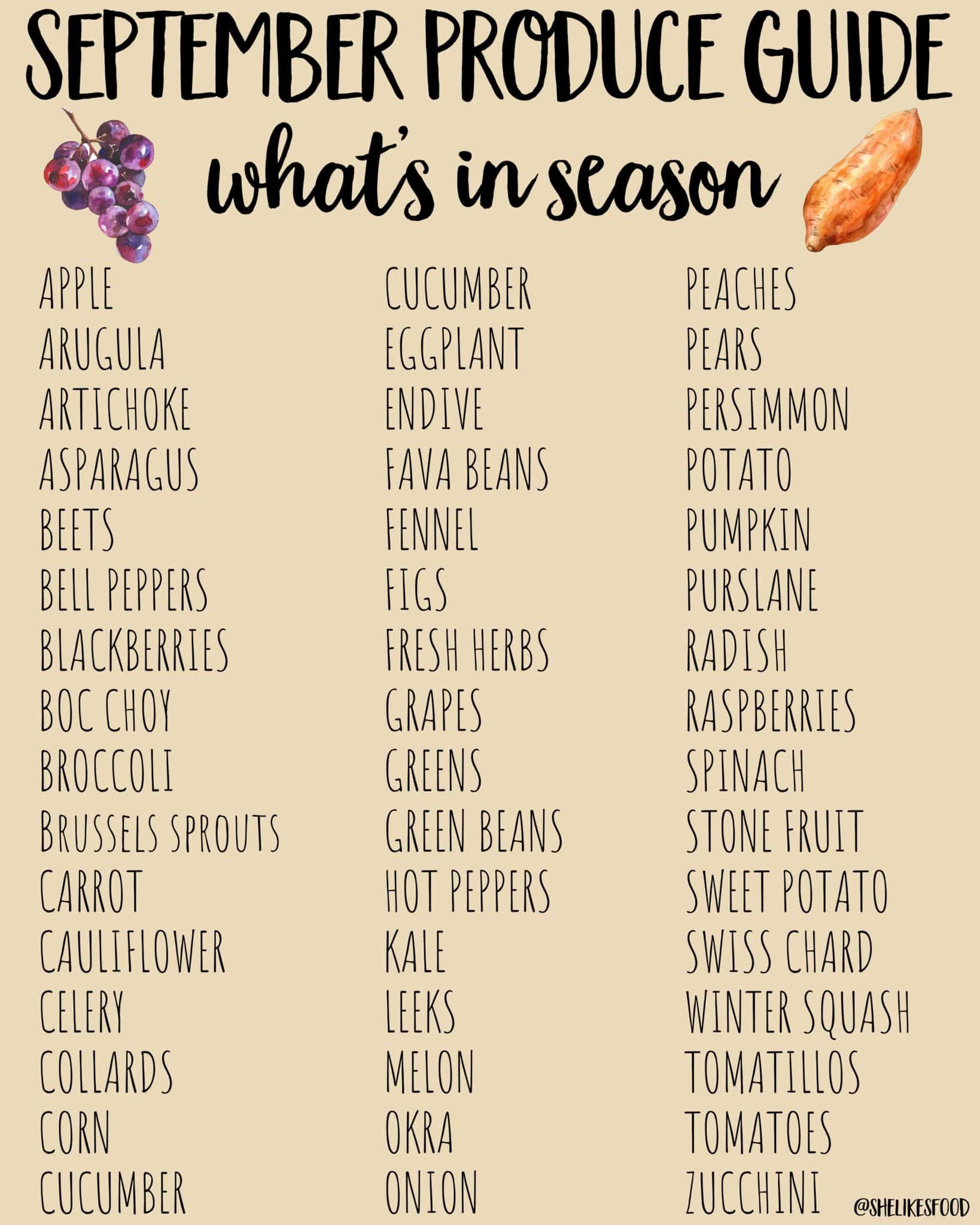
Welcome to my September Produce Guide! September is one of my favorite months, as far as produce variety goes. My garden is just hitting its stride with tomato production, but we also harvested our first pumpkin the other day! It’s a great time of year to combine fresh summer recipes with hearty warm flavors. October will be full on fall fruits and veggies, so enjoy the last of the summer crops while you still can 🙂
P.S, keep in mind that different areas of the country have different growing seasons, so what is in season here may not be what is in season where you live.
Below I’ve highlighted a few of my favorite late summer/early fall produce and I’ve linked to a few recipes that will give you ideas of how to enjoy them!
SEPTEMBER PRODUCE GUIDE
APPLES
Most people, myself included, usually associate apples with fall, but there are a few late season varieties that are in season right now! Late season varieties include Honeycrisp, Braeburn and Corland apples.
As the saying goes, “An apple a day keeps the doctor away” so you know that apples must have tons of healthy benefits to them! Apples are a great source of vitamin C, fiber and antioxidants. They can also help lower bad cholesterol, which is important for cardiovascular health.
Apples are great because they can be used in both sweet and savory recipes. I love putting them into everything from baked oatmeal and muffins to salads and stuffing. They add a nice refreshing sweetness and a crunchy texture, when served raw.
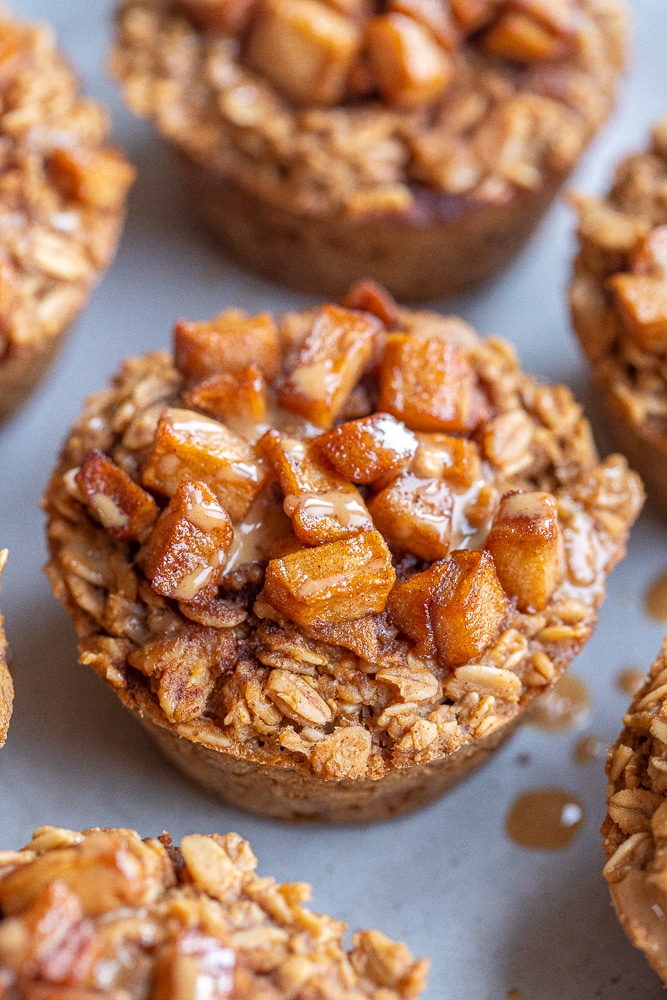
Caramelized Apple and Peanut Butter Baked Oatmeal Cups
Refreshing Kale Salad with Apples
Easy Apple Crisp Breakfast Bowls
BEETS
Beets are root vegetables that come in a couple of different colors. Most people are familiar with red beets which have a very vibrant color, but there are also golden beets that are a little more mild in flavor. You can eat the beet greens as well!
Beets are high in phytonutrients, which are nutrients found in certain foods that can help keep your body healthy and prevent disease. They are also high in antioxidants, which have anti-inflammatory properties. Excess inflammation inside the body can lead to auto-immune issues and other diseases.
Beets can be enjoyed both raw and cooked. I like to add them raw to salads, like the one below. Beets can also be pickled, steamed or roasted. They have an earthy flavor that is slightly sweet.
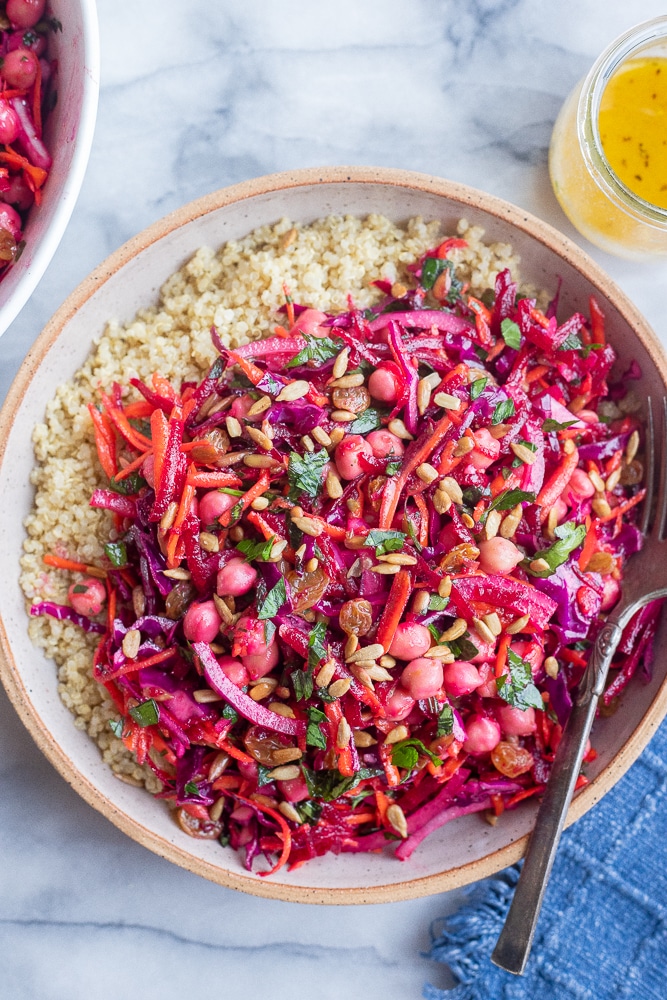
Beet and Carrot Salad with Chickpeas
Goat Cheese Beet and Balsamic Puff Pastry Bites
Vegan Beet Burgers with Brown Rice
Roasted Beet Chickpea and Black Rice Bowls
Healthier Chocolate Cupcakes with Raspberry and Beets
BELL PEPPERS
Peppers are in the nightshade family and all types of peppers are in season now. Bell peppers are probably the kind that I cook with most often though. Green and red bell peppers are commonly used in recipes like pizza and fajitas, but they also come in yellow, orange and purple colors. Green bell peppers can be slightly bitter in flavor, but the rest of the colors are a little sweeter.
I use bell peppers in so many of my recipes! I chop them up and throw them into soups, salads, scrambled eggs, wraps and so much more. They are great raw with creamy ranch dip or hummus, or they can also be sautéed, roasted or cooked in soup.
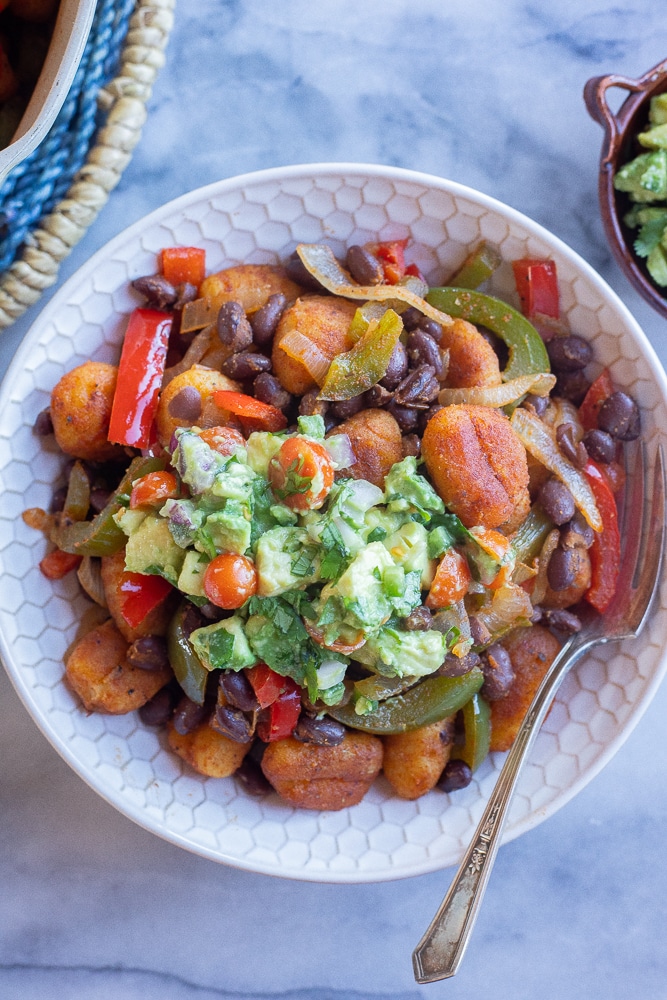
Vegetarian Stuffed Peppers with Cauliflower Rice
Fajita Gnocchi Skillet with Avocado Salsa
Loaded Breakfast Stuffed Peppers
Vegetarian Fajita Rice Casserole
Vegetarian Cheesy Tortellini Casserole
BROCCOLI
Broccoli is a cruciferous vegetable that is in the mustard family, along with cabbage, Brussels sprouts and kale. There are a few different varieties of broccoli, but Calabrese is the most common one in the United States and probably the one that most of us use.
Broccoli is a powerhouse vegetable that offers tons of health benefits. Broccoli is packed with tons of antioxidants, which help reduce unwanted inflammation inside the body. Broccoli also contains a large amount of both fiber and vitamin C. One cup of broccoli has about as much vitamin C as an orange.
Broccoli can be enjoyed both raw and cooked. I like chopping raw broccoli into bite sized pieces and adding it to salads. If you prefer your broccoli cooked, you can steam it, roast it or stir fry it.
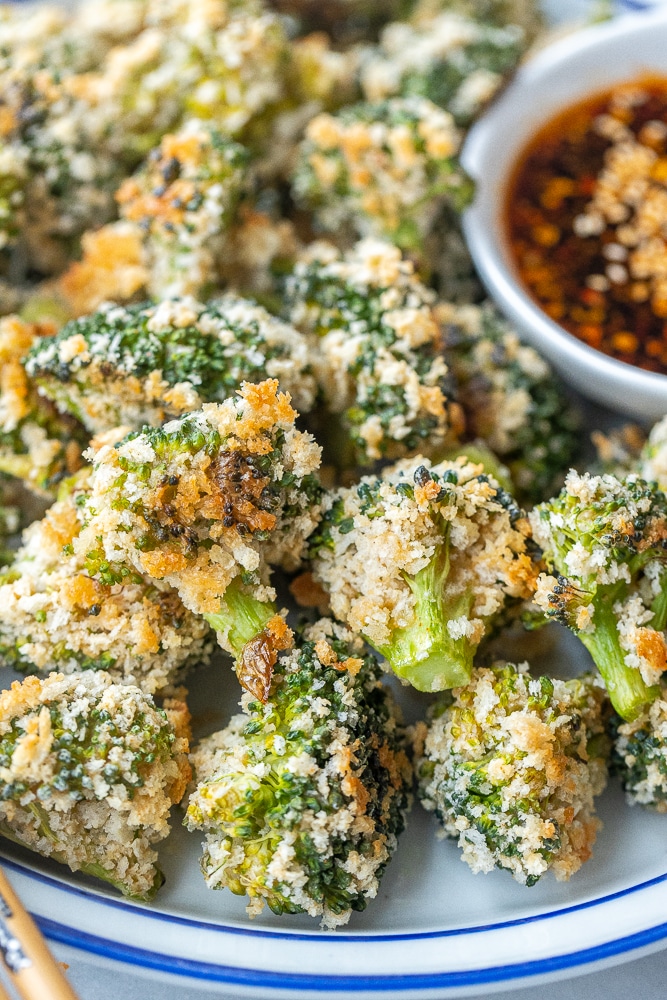
Chili Garlic Broccoli with Chickpeas
Crunchy Broccoli Salad with Maple Mustard Dressing
Veggie Packed Broccoli Cheddar Soup
Crunchy Baked Broccoli with Spicy Soy Sauce
Cheesy Broccoli Rice Casserole Bites
BRUSSELS SPROUTS
Brussels sprouts are like tiny little cabbages that grow together on a big stalk. Brussels sprouts have always gotten a bad wrap for being steamed and stinky, but they can actually be super delicious when cooked well!
Brussels sprouts can be served both raw and cooked. I like to thinly grate raw sprouts and add them to salads and slaws. They are also great roasted or sautéed. You can, of course, steam them but I would recommend not over steaming and seasoning with at least salt and pepper.
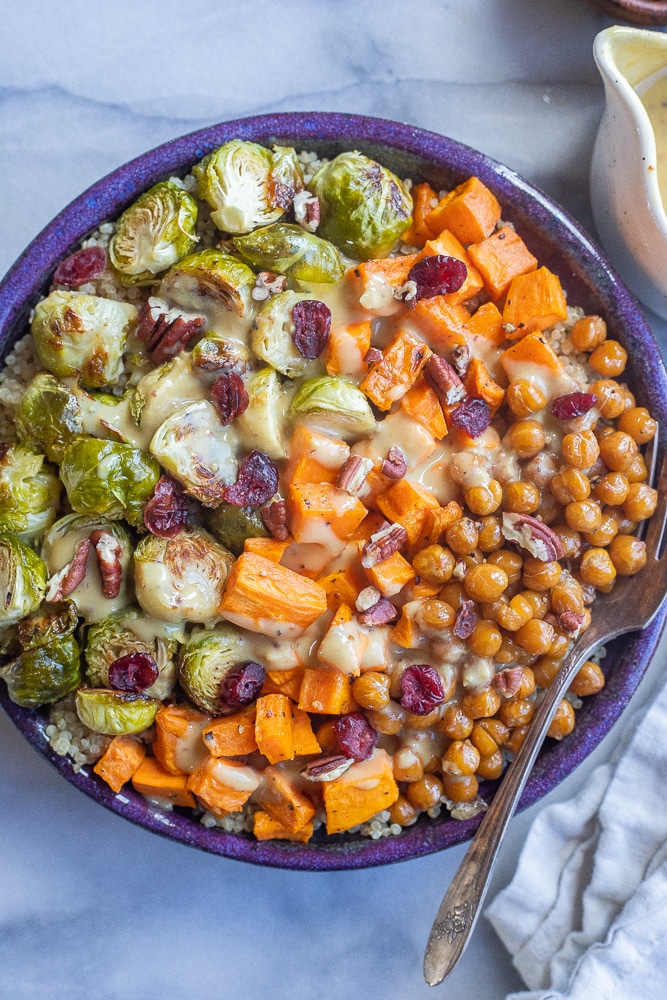
Roasted Brussels Sprout Bowls with Honey Mustard Dressing
Lemon Pepper Roasted Brussels Sprouts
Easy Roasted Vegetable Pasta with Parmesan
CARROTS
Carrots are springtime root vegetables that are pretty easy to grow. Orange carrots are most comply seen and sold at the grocery store, but you can also grow rainbow colored carrots. Carrots come in different sizes, some are short and fat, while others are long and thin. Baby carrots, however, are not an actual carrot variety, instead they are made with a machine using regular sized carrots.
I love to snack on raw carrots or add them to salads and wrap. Carrots can also be roasted, sautéed, cooked into soup or baked into cakes or muffins. They are a very versatile vegetable that can be used in both sweet and savory recipes. Carrots are probably most eaten raw, with ranch or hummus, in the US though!
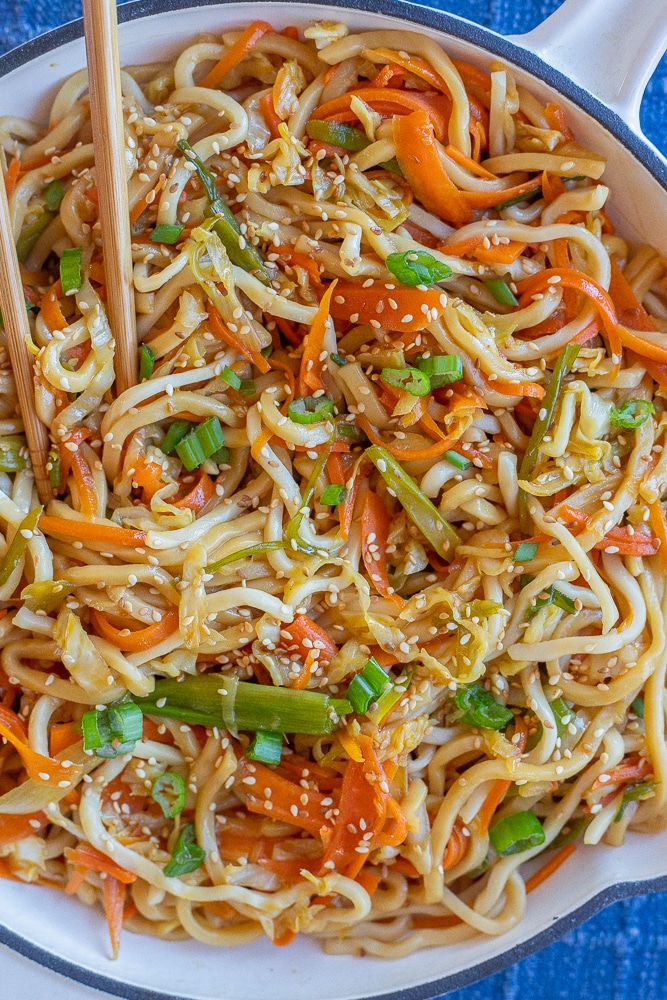
Carrot and Chickpea Salad with Orange Maple Dressing
Roasted Carrot and Dill Hummus
Noodles with Cabbage and Carrots
Curried Sweet Potato Carrot and Red Lentil Soup
CORN
Corn is in the grass family and is technically considered to be a fruit. Corn on the cob is super popular in the summertime and is such a great way to enjoy fresh corn! There are 17 different types of corn, but the most common type in the United States is called Dent, or field, corn. Sweet corn is also pretty common, especially if you’re buying canned corn.
I probably cook with canned corn more often than fresh corn, because it’s more convenient to store in the house. Corn is super versatile and can be added to so many different recipes, from corn salsa to cornbread. Corn can be served warm or cold and is great added to salads, soups, tacos and more!
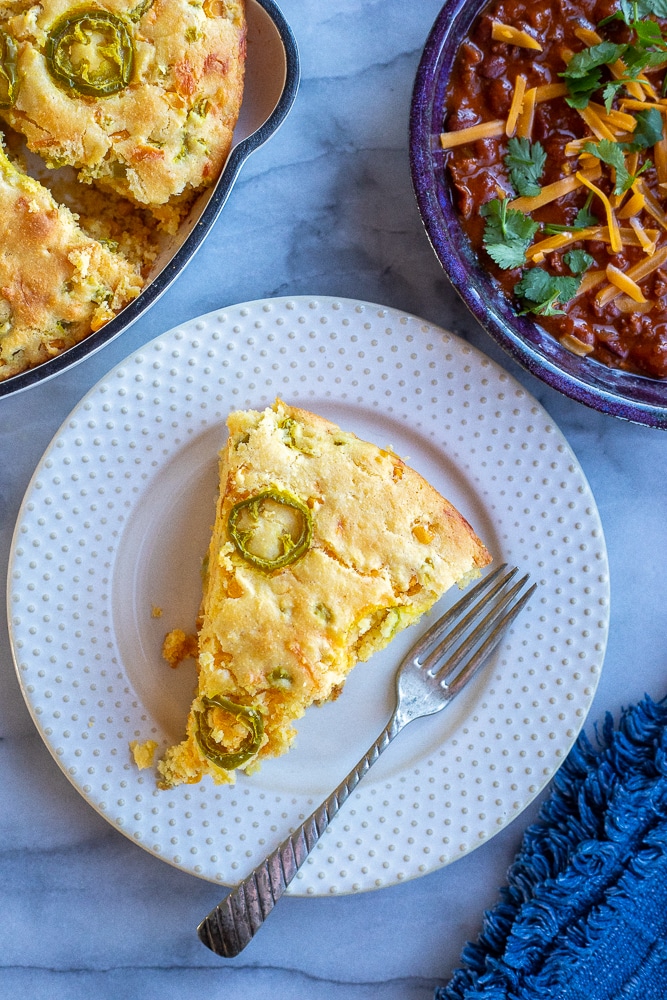
CAULIFLOWER
I use white cauliflower more than any other variety, but you can also find purple and yellow cauliflower. The taste varies slightly but they can all be used interchangeably in your recipes. I used to see cauliflower as the bland cousin of broccoli, but these days it is getting it’s time in the spotlight and I’ve really learned to embrace it in the kitchen!
Cauliflower can be cooked so many different ways these days. It can be roasted, steamed, charred, pureed and even turned into rice (a veggie version anyhow 🙂 ). My personal favorite way to cook cauliflower, and what is pictured below, is coating it with batter and a crispy coating, baking it in the oven until crispy and then tossing it in a flavorful sauce.

Golden Roasted Cauliflower with Coconut Curry Tahini Dressing
Buffalo Cauliflower Tacos with Ranch Slaw
Vegetarian Cauliflower Fried Rice
FRESH HERBS
Fresh herbs can be a mix of annuals and perennials. Herbs like Basil and cilantro need to be replanted each year, but sage, thyme, lavender and mint will all grow back, year after year. Fresh herbs are less potent than their dried counterparts and I use them all the time to add flavor and color to my recipes.
Fresh herbs are always great to have on hand to use as a colorful garnish for pastas, salads and soups or they can be used as more of a main ingredient. Pesto is one of my favorite things to make when I have extra fresh herbs on hand and can even be made with herbs besides basil, like mint or cilantro.
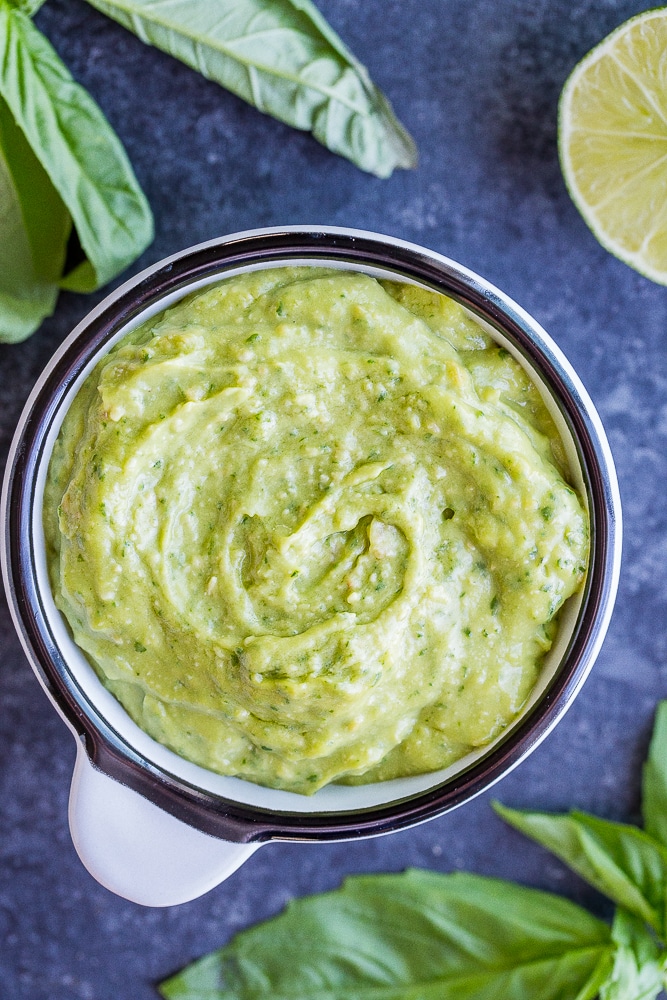
Herby Cucumber Salad with Feta and Chickpeas
Cilantro Lime Cucumber Salad with Avocado
GREEN BEANS
Green beans belong to the pea family, Fabaceae, and grow in over 500 different varieties. As the name states, green beans are most commonly green in color, however you can find some that are yellow or purple! Green beans are great mid-late summer crops that are usually either bushy or vine-like plants that like to grow up poles.
I love the taste of raw green beans, but I usually eat them cooked. Last year I grew them in the garden and enjoyed them fresh, but I also like to buy them frozen so I have them on hand all year long. Canned green beans are also commonly sold in grocery stores, but I don’t find them to be as great of quality as the frozen ones.
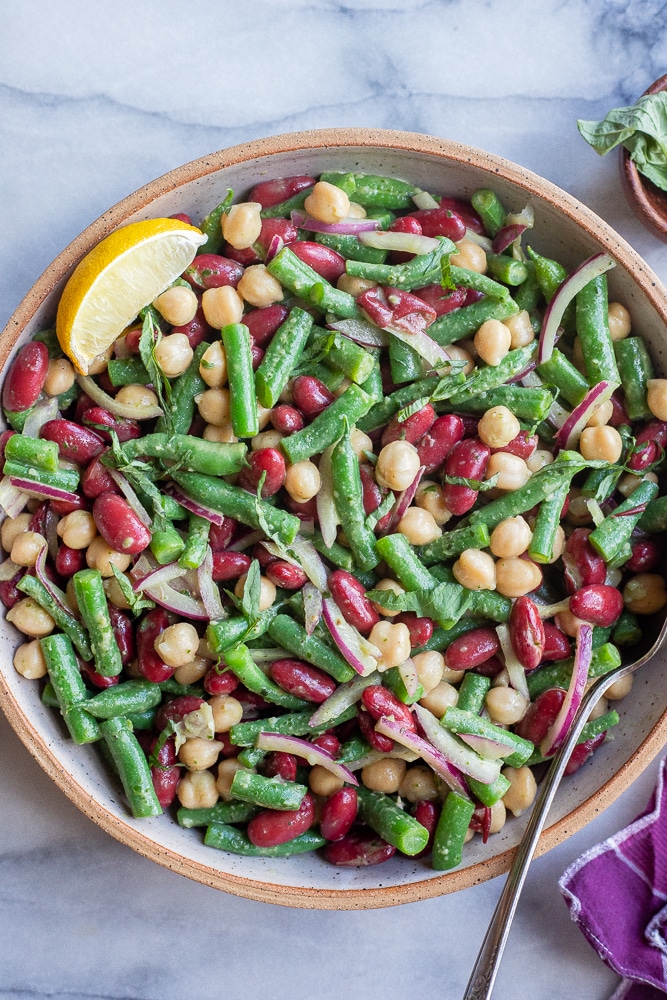
Three Bean Salad with Basil Vinaigrette
Egg Free Crispy Baked Green Bean Fries
KALE
Kale comes in a few different varieties including: curly, lacinato and purple. Kale is a hearty green that can withstand colder temperatures. Baby kale has also become quite popular these days and is still hearty, but a little more similar to baby spinach or lettuce.
Kale can be enjoyed both cooked and raw. I love massaging raw kale and adding it to salads. It’s hearty and has some texture, while also being refreshing. Kale wilts quickly, so it can easily be thrown into soups, stir fry and pastas.
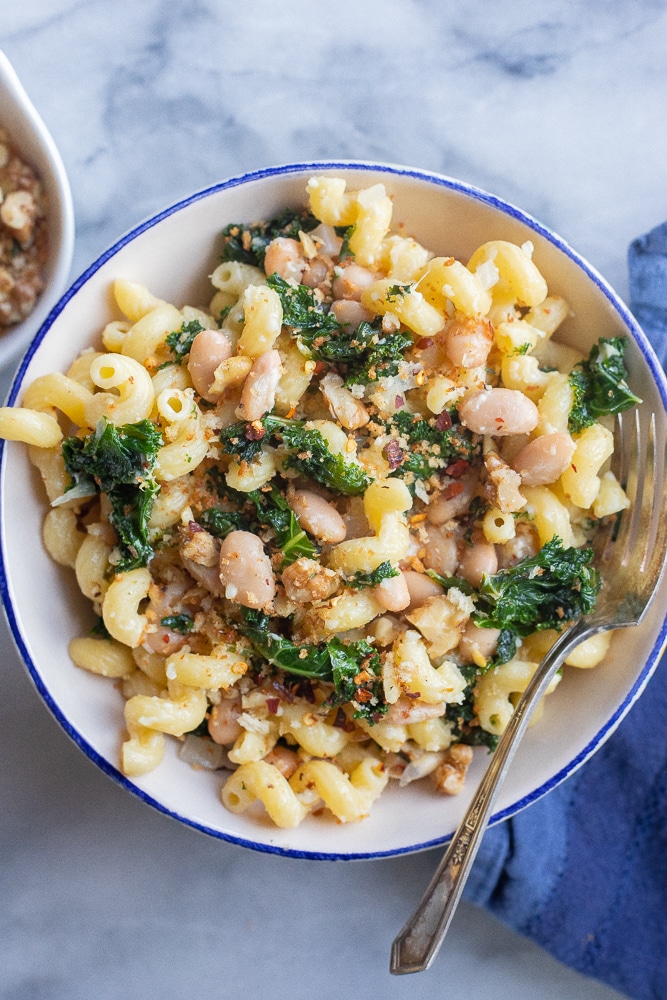
Chopped Kale Power Salad with Lemon Tahini Dressing
Kale and White Bean Pasta with Parmesan
Garlicky Kale with White Beans and Lemon
RADISHES
Radishes are in the mustard family and come in a few different varieties. Most people are probably used to seeing Red Radishes, which are commonly sold in grocery stores. These radishes are usually eaten raw and have a spicy, crisp taste.
I usually just thinly slice radishes and throw them into salads, but you can also pickle them, grill them or even roast them in the oven. Roasting them mellows the sharp flavor a bit and adds some sweetness.
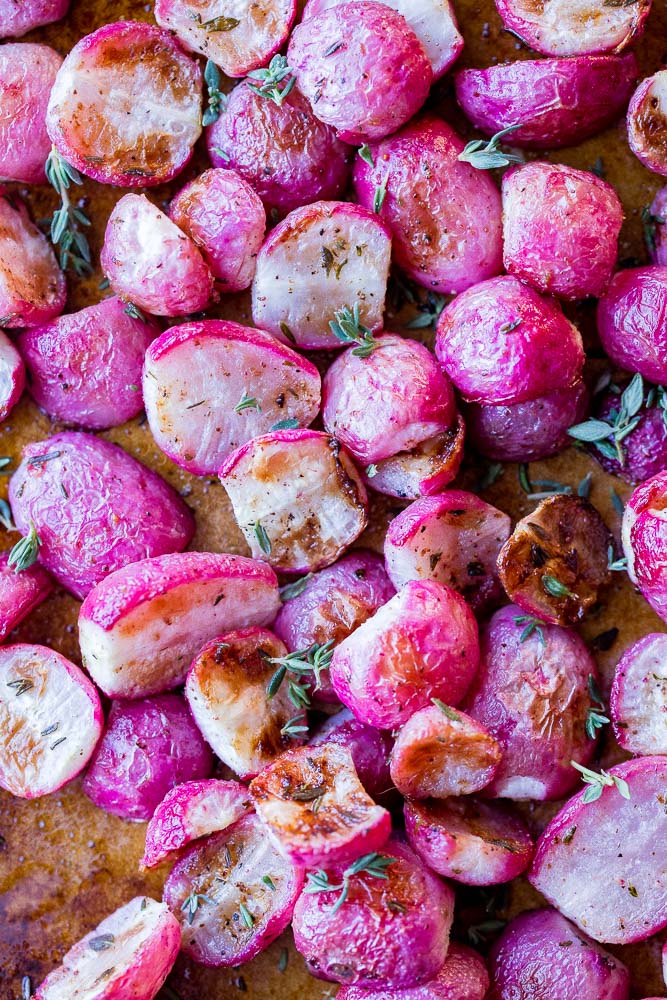
Roasted Radishes with Garlic and Herbs
Veggie Sushi Bowls with Quick Pickled Radishes
Crunchy Ranch Salad with Crispy Quinoa
Roasted Sweet Potato Black Bean Salad with Kale
SWEET POTATOES
Sweet potatoes come in a few different colors, including orange, red and purple. They are root vegetables, meaning they grow under the soil and have greens that grow above. The greens are edible, but the actual potato part is more commonly eaten.
My favorite way to cook sweet potatoes is to roast them. I like to dice them into chunks or slice them into French fry shapes and then toss them with some spices. You can also mash sweet potatoes or bake them like you would a regular potato and add your favorite toppings.
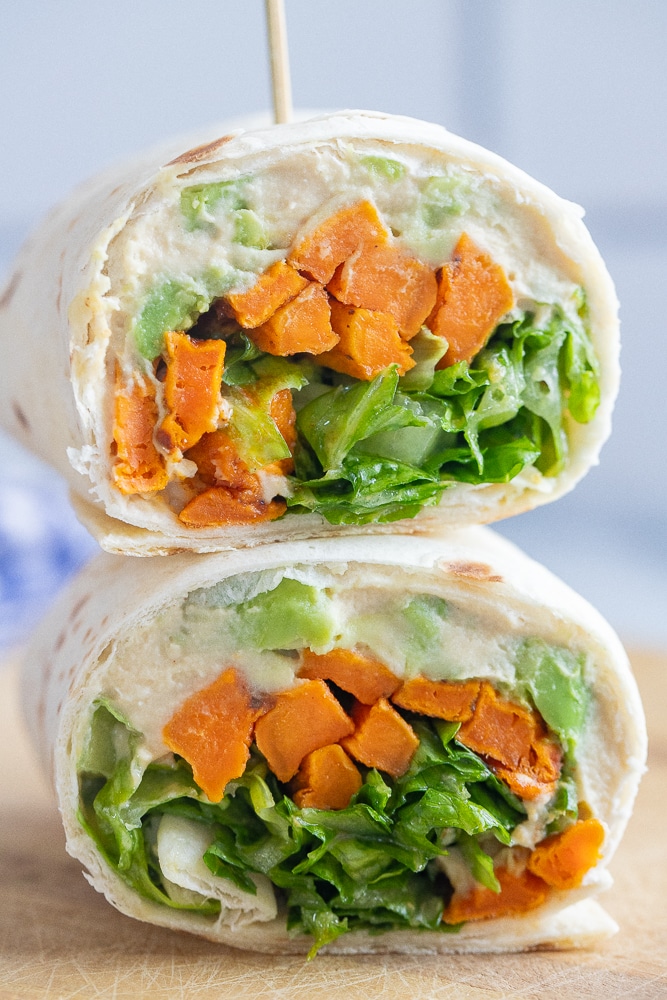
Roasted Sweet Potato Hummus Wraps with Honey Mustard
Sheet Pan Sweet Potato Fajitas with Black Beans
Vegan Sloppy Joe Stuffed Sweet Potatoes
TOMATOES
Tomatoes are in the nightshade family and come in many different varieties. They are considered a fruit, but they are often enjoyed like a vegetable. If you are on a diet that requires avoiding nightshades, unfortunately all tomatoes need to be avoided. Most varieties of tomatoes are sweet and juicy. Tomatoes come in many sizes, ranging from small cherry tomatoes to extra large beefsteak tomatoes.
Tomatoes are one of my favorite ingredients and they can be used in so many different ways. I love eating tomatoes raw, straight from the garden, or with salt and pepper. Uncooked tomatoes can be added to salads, sandwiches and appetizer trays. They can also be cooked and made into salsas, pasta sauces and ketchup. The possibilities are really endless, and don’t forget about sun-dried tomatoes!
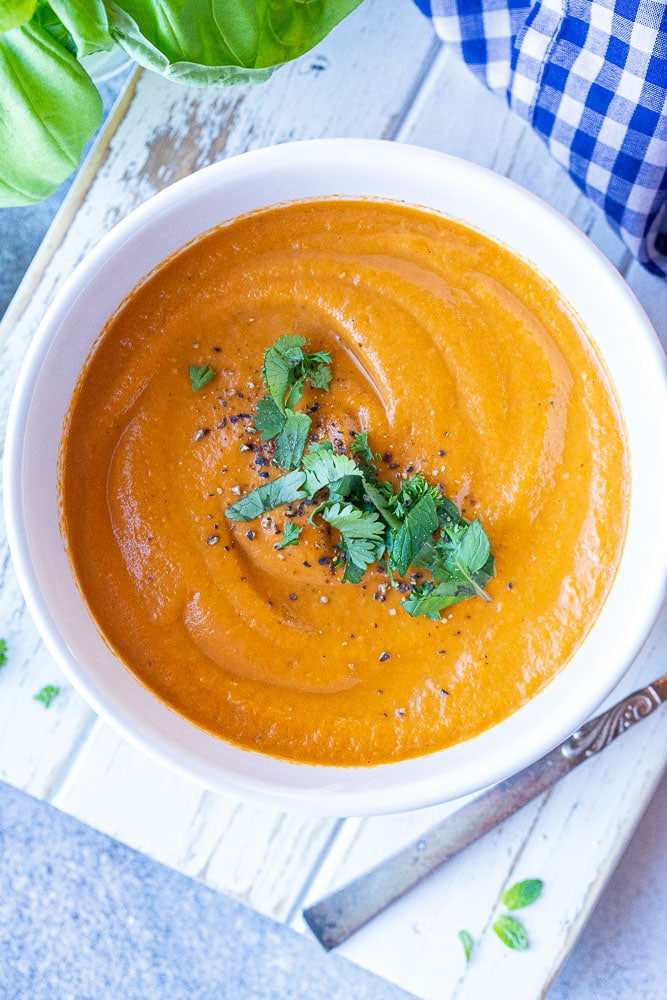
Herby Parmesan Tomato Pasta Salad
Summer Squash and Tomato Pizza
Tomato Herb Butter Beans with Pesto Rice
ZUCCHINI
Zucchini is in the squash family and is usually a very prolific garden plant. Most people are probably familiar with the regular, long green zucchini that they sell at most grocery stores. That is the same zucchini that most people grown in their gardens. There are other types of zucchini though, including one that is yellow. Zucchini has a very mild flavor on it’s own and easily softens when cooking.
I prefer to use zucchinis that are on the smaller side. Extra large zucchini often have large seeds and a spongy middle inside. Both are fine to use though! Zucchini can be enjoyed raw, but I most often see it sautéed, roasted or mixed into baked goods like zucchini bread. To me, zucchini tastes best when it’s been cooked until it’s starting to caramelize and brown. This cooking method brings out such amazing flavors and is great for adding to stir fry, pasta, salad, tacos and more!
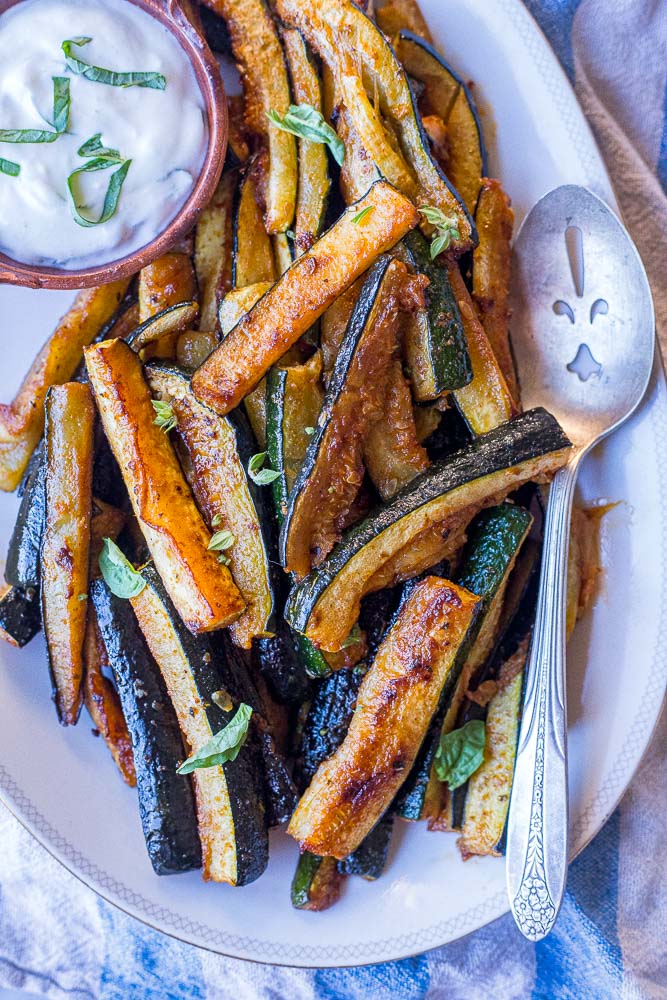
WINTER SQUASH
When I say winter squash, I’m referring to varieties like butternut, acorn, spaghetti, delicata, red kuri and pumpkin. They’re hearty squash that grow well in colder temperatures and usually have a long shelf life. Some have thick skin that needs to be peeled off, like butternut squash, while others like delicata squash have skin that can easily be eaten.
Winter squash is best enjoyed cooked, in my opinion. I like to roast it and add it to bowls or wraps. Squash is also great in soups, stews and curries. Spaghetti squash has great texture and can be used in place of pasta.
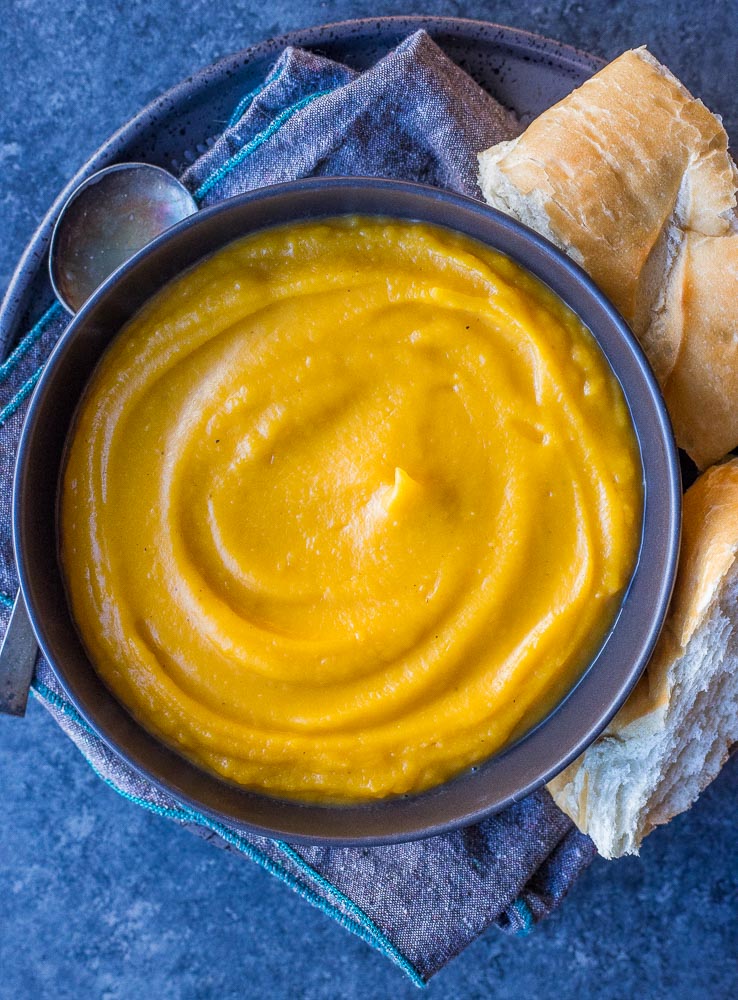
Easy Roasted Butternut Squash Soup

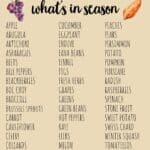
Leave a Reply